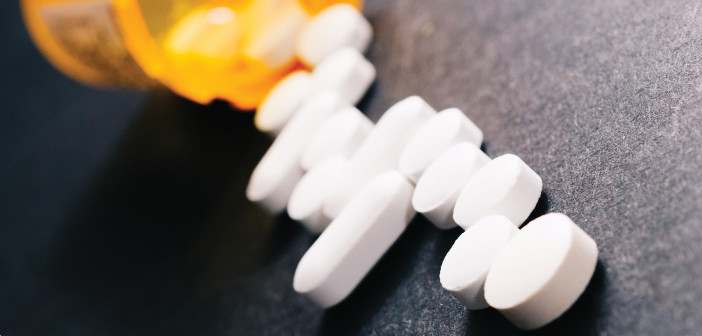The City of Flint has come a long way in its revitalization movement; but a dark side remains – a widespread drug problem. And, it’s not just a crisis in Flint, it’s a statewide problem that’s killing people. According to statistics, 144 people die each day in the United States from drug addiction.
“That’s like a plane going down every day, and there is an epidemic in this area,” reports Cheri Pfeiffer, Executive Vice President of Families Against Narcotics (FAN), which was formed in 2007 in Macomb County in response to the many families that are being affected by a loved one’s addiction. The Genesee County FAN was formed in April 2014. “Our purpose is to raise awareness of the dangers of prescription narcotics,” says Cheri, “and to reduce the stigma and support those affected by addiction.”
Cheri’s involvement with FAN began when she was looking for a support group to help her deal with her son’s heroin addiction. “It’s so hard to cope,” she shares. “I always felt like he was walking out of the house with a loaded gun. When he would go somewhere, I didn’t know if I would see him again.” Her son has been free from addiction since 2013 and FAN helped them heal as a family. “We try to bring the families back together and repair what is broken.”
It isn’t easy living with a drug addict, according to Cheri. The addict will do whatever he or she has to do to support their habit. She remembers coming home from vacation and looking for her wedding ring which she had put in a box. “The box was empty. There was just an imprint where the ring had been sitting,” she shares. She never thought her son would steal from her and had to keep telling herself, “I’m not crazy. I’m not crazy.”
And, it’s the drugs in the opiate group that are ruining lives, Cheri reports. Her son lost ten years of his life due to heroin addiction. The family had an intervention and he went to treatment several times. “I told him, ‘if I could chop one of my arms off to stop your addiction, I would’,” Cheri admits. “It is such torture for a mom to see her son with something that has such a grip on him.”
The last treatment her son received at a center in Port Huron in 2013 finally stuck. “It worked for him,” Cheri says. “The program was not just a flophouse. He did really well around others who wanted to recover.”
Cheri and her son are now both very involved in FAN, reaching out to other addicts and their family members. She has also worked to raise awareness of the narcotics problem by attending the Fed Up Rally in Washington D.C. three times. Also, members of the FAN group serve as the “Angels” for the Hope Not Handcuffs program (see related story, p.20).
August 24 is a special day for the Pfeiffer family, her son’s recovery date. “We celebrate that day with a cake and go out to dinner.”I have learned a lot. FAN will always be a part of my life.”
What are opiates and opioids?
Opiates are alkaloids derived from the opium poppy. Opium is a strong pain-relieving medication, and a number of drugs are also made from this source such as morphine, codeine, heroin and opium. Opioids are synthetic or partly synthetic drugs that are manufactured to work in a similar way to opiates. Their active ingredients are made via chemical synthesis. Opioids may act like opiates when taken for pain because they have similar molecules. Types of opioids include methadone, Percocet, Percodan, OxyContin (oxycodone), Vicodin, Lorcet, Lortab (hydrocodone), Demerol, Dilaudid, and Duragesic (fentanyl). ♦
Source: justbelieverecovery.com
According to statistics, 144 people die from drug addiction each day in the United States.








